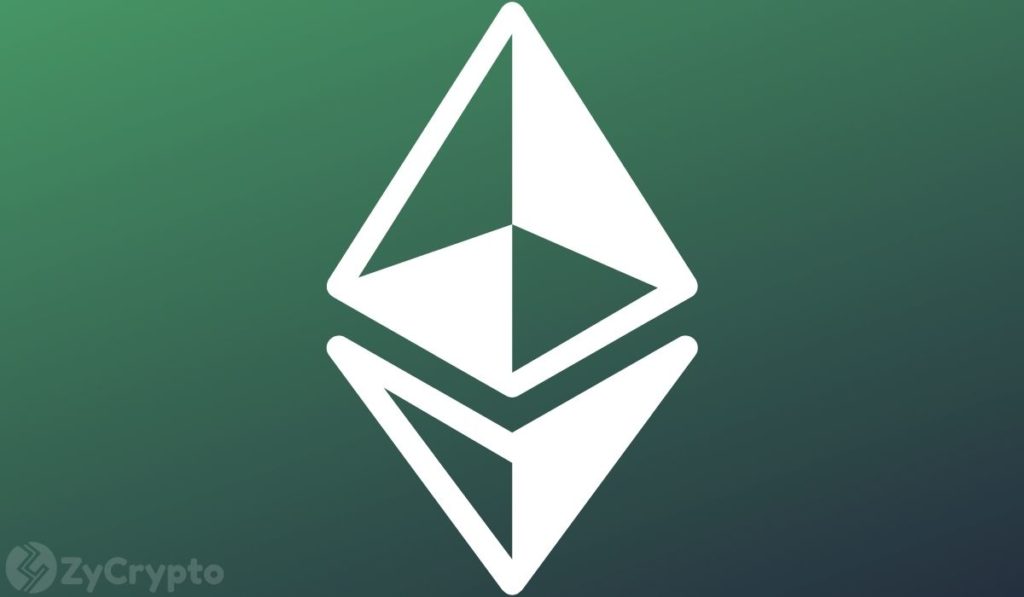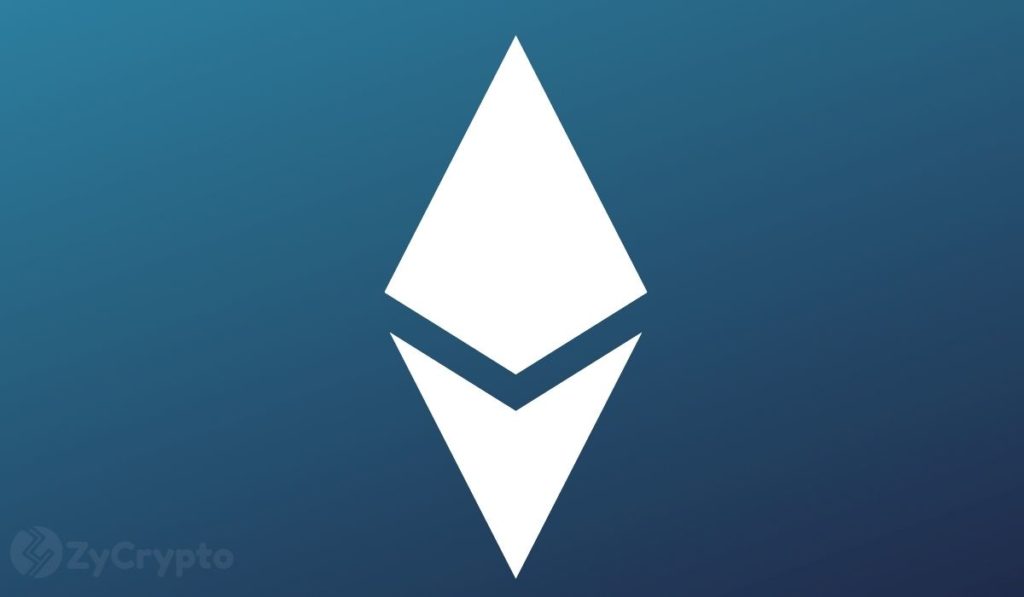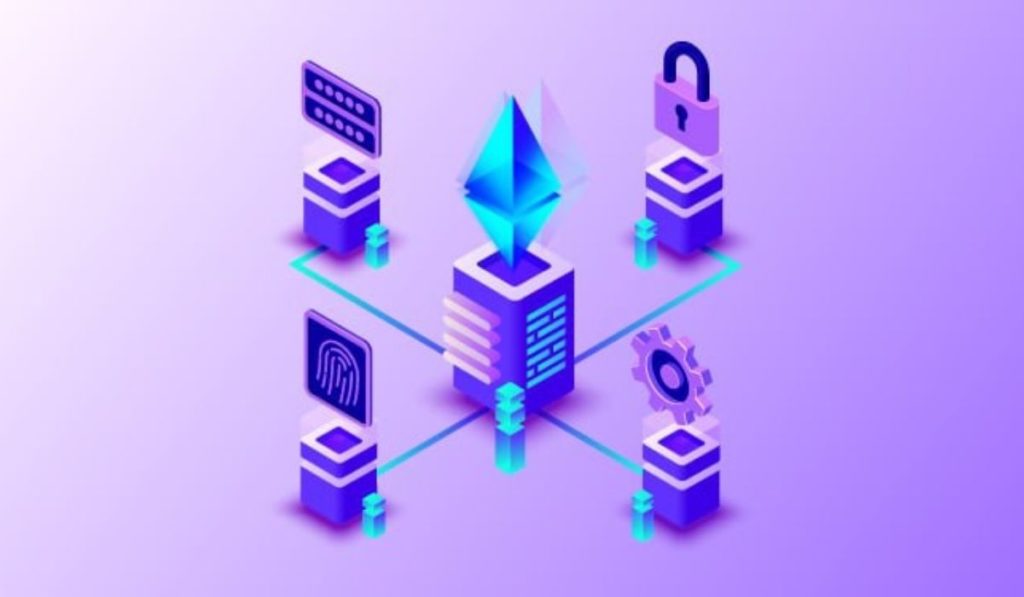2023-5-9 17:35 |
Since its launch, Ethereum has become the second cryptocurrency in the world in terms of market capitalization and the most popular altcoin globally. Its good reputation is also because the blockchain is well-recognized for its innovative qualities, being a pioneer in the fields of decentralized applications and finance. Over the last year, its native currency, Ether, was badly hit by the crypto winter and bear markets that affected the digital finance ecosystem.
However, in 2023, the market is on the mend, and investors are beginning to remake their portfolios. Considering that cryptocurrencies are still recovering from the difficulties of 2022, it’s time to examine some ways the digital asset environment could change over the following months.
The Shanghai UpgradeOver the years, Ethereum has been at the forefront of innovation and technological development within the cryptocurrency backdrop. Recently, on April 12th, it finally launched its much-awaited Shanghai upgrade. As a result, the price has climbed over $2,000, the highest level in nearly a year, since May 2022.
In the days since the upgrade has gone live, exchanges have recorded an approximate inflow of nearly 180,000 ETH, the rough equivalent of $375 million. Between the 13th and the 19th of April, traders deposited over one million coins, compared to the 921,579 tokens that were removed. This has been the most significant net inflow in a month.
As for the effects this might have on the price point, analysts have pointed out that investors transferring coins to exchanges is a clear indicator they are preparing to sell, which can contribute to a price decline. The latest update has also enabled the withdrawal of staked contracts. Shortly before Shanghai was implemented, many investors were worried that this would cause the market to become flooded with millions of coins, leading to an inevitable crash.
While those grim predictions have thankfully not become a reality, it is still too early to determine the long-term implications of this latest upgrade and how it will impact both the Ethereum blockchain and the larger crypto environment.
Network congestionThe blockchain is an outstandingly large collection of immutable data that is stored in individual blocks. And while there are many advantages that come with its system, including transparency and the fact that nobody holds complete access to the body of information, one of the problems is the network’s scaling. The recent crypto rallies have proved yet again that this problem needs to be solved.
When the price of Ethereum climbed back up, an unprecedented number of new users rushed to the blockchain. As a result, the network slowed down, which is bad news for the traffic-based fees that power transactions on the Ethereum blockchain. The congestion caused these figures to reach exceedingly high levels, and the high prices, unfortunately, make cryptocurrencies, something that should be readily available for everyone, inaccessible to most. These factors could also cause Ethereum to lose its spot as a hub of decentralized finance to other networks that operate better in this regard.
Ethereum developers have been looking into methods to boost the blockchain’s core to increase speed and decrease fees. However, the impact has been modest so far, and gradual changes are expected to intervene over the following years. After they are completed, investors will be able to say that the blockchain has achieved its full potential.
Hacker attackUnfortunately, the cryptocurrency world is no stranger to hackers. Cybercriminals are drawn in by the chiefly digital aspect of the assets, and cryptocurrency wallets are some of the most coveted prizes by hackers. Generally, investors can protect their assets by taking the necessary security measures, such as ensuring they don’t share their private passwords with anyone.
However, since December, many Ethereum users have been targeted by hacker attacks that drain their wallets. So far, an estimated $10 million, or 5,000 ETH, has been extracted from traders, many of whom are either whales or early investors. What’s even more baffling is that the attacks are focused on hardware wallets, traditionally believed to be much more secure than the software-based alternatives.
While the cause and reason for these attacks are currently not well understood, researchers have claimed that the person behind the attacks may have accessed a considerable data cache dating back a few years ago and proceeded to use it as a means to drain the cryptocurrency wallets of investors with substantial crypto holdings. While this educated guess can offer an educated guess as to what is going on, nobody can be sure of the hacker’s identity.
For those concerned about the safety of their assets, the best advice is to avoid keeping everything under a single key over several years. Moreover, ensure you don’t store your secret passcodes anywhere online or on any device directly connected to the internet. Hackers can get access to your funds via this channel. If you’ve been an investor for quite some time and you’re not 100% confident that you’ve been very careful about security measures in the past, consider creating a new wallet.
Sandwich botsThe concept of sandwich trading refers to a process during which a bot is programmed to spot when an investor is attempting to make a purchase on the blockchain. The bot then proceeds to place an order on the same token. Recently, one sandwich bot connected to a wallet named “jaredfromsubway.eth” has been using this tactic on investors betting on tokens, particularly chad and pepe. The meme coins don’t have intrinsic value but became popular due to the intervention of social media.
While sandwich attackers aren’t exploitative per se, many within the crypto environment view them as predatory. That’s because the bots skim value from the investors, meaning they can make millions of dollars from an attack. Simultaneously, they drive gas fees up, which doesn’t benefit either the blockchain or its users.
The Ethereum blockchain continues to change and develop. If you’re an investor looking to increase your revenue, it’s essential to be mindful of all these changes and prepare for them. Don’t rush into anything, and don’t make impulsive decisions even if they might seem correct at the moment. You’ll have a lot to be thankful for later on.
The post Ethereum ecosystem predictions: The Shanghai upgrade, scaling and a potential peak appeared first on CoinJournal.
origin »Ethereum (ETH) на Currencies.ru
|
|
















